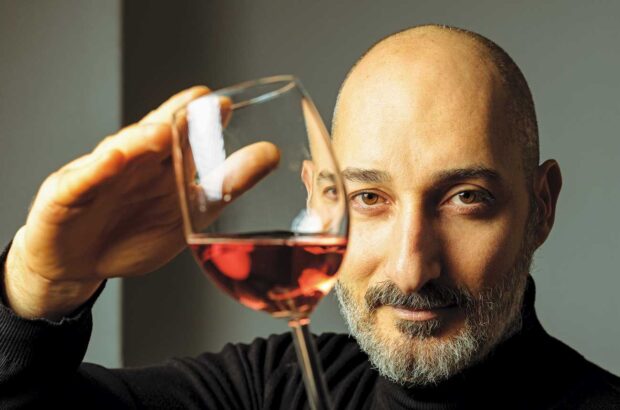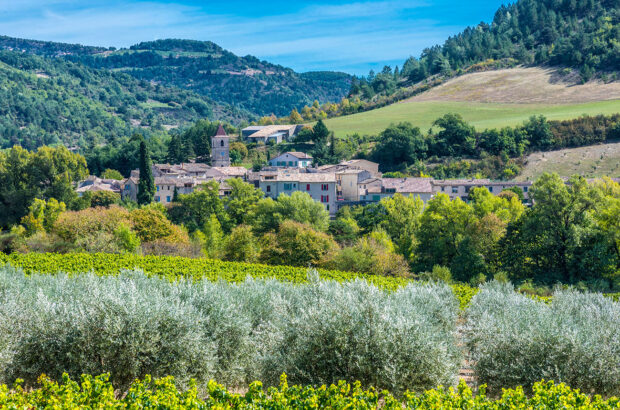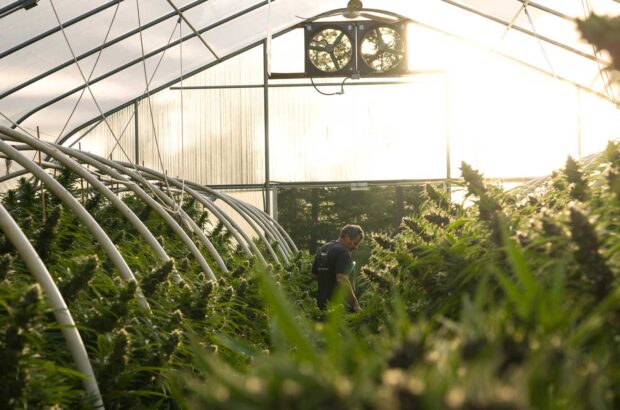A Bordeaux wine producers' union is seeking approval for new rules that would revive the almost-extinct 'Fine Bordeaux' eaux-de-vie.
Simon Thompson, who trades as ‘An Englishman in Bordeaux’, is one of those reviving the eaux-de-vie’s fortunes
Production of eaux-de-vie Fine Bordeaux was widespread in the 1970s, but slowly declined over the 1980s and had nearly disappeared by the beginning of the 21st century.
But, several negociants and producers are looking to revive the tradition.
The syndicat viticole of AOC Bordeaux, Bordeaux Supérieur and Crémant de Bordeaux has filed an application for ‘Fine Bordeaux’ with France’s appellation body, INAO.
‘The emergence of new markets for Bordeaux wine has prompted the desire to relaunch production of Fine Bordeaux,’ said the Syndicat.
Its proposal states that Fine Bordeaux must be double distilled in alembics, aged in 600-litre oak barrels for one year and made from at least 70% Ugni Blanc, Semillon and Colombard, and the rest from Merlot Blanc. The final alcohol level must 40% abv.
Bordeaux AOC rules allow both Ugni Blanc and Colombard to be planted, but they are rarely used in dry white wines. The varieties are widely planted in Cognac.
In 19th century eaux-de-vies from Bordeaux were often labelled as Cognac, before the introduction of Eaux de Vie d’Aquitaine from 1942, then Fine Bordeaux from 1974.
Written by Jane Anson in Bordeaux







